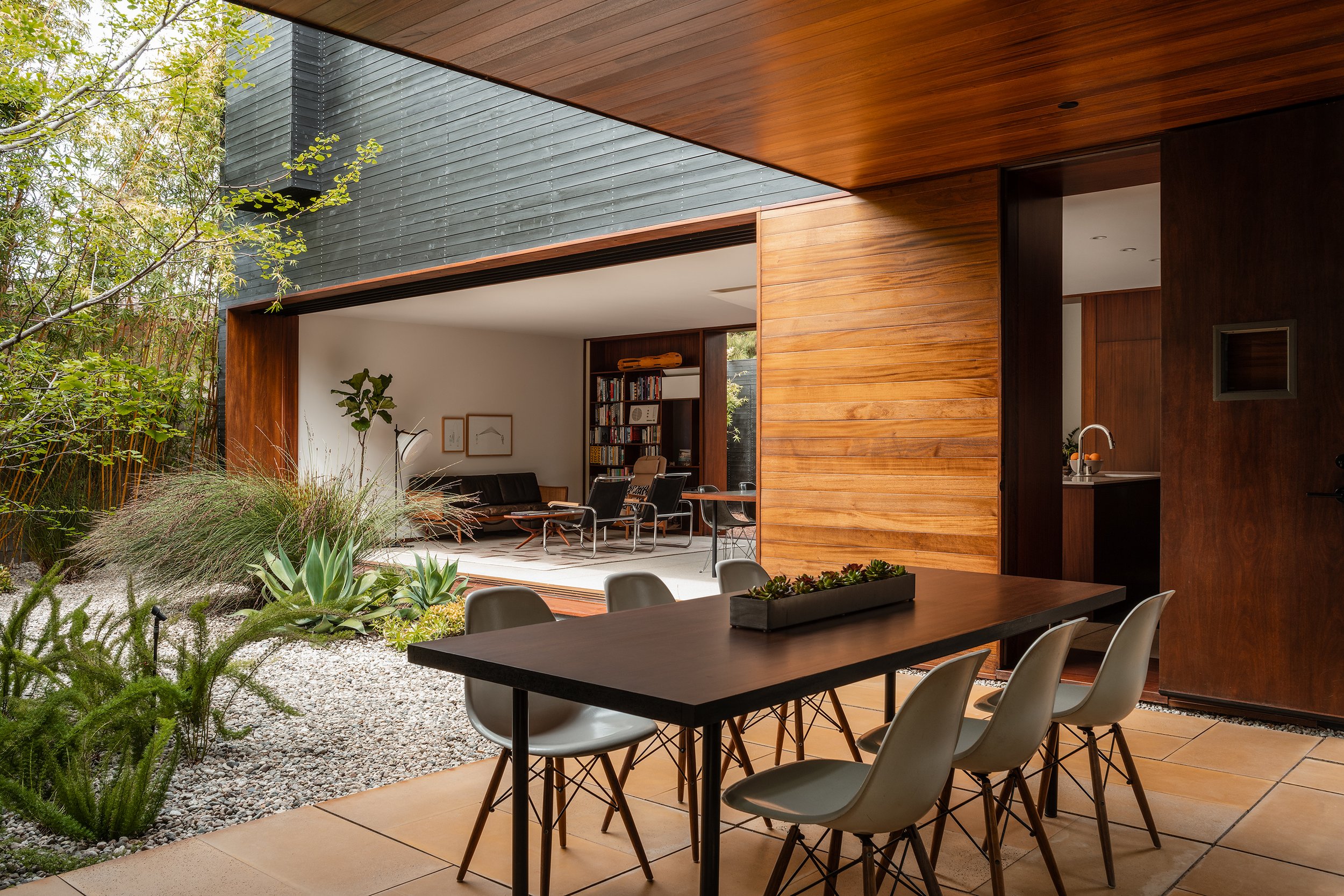3rd Question to ask your architect BEFORE hiring them
Venice House by Sebastian Mariscal - Photography ©LanceGerber
Introduction
This is the third of five blog posts covering key questions clients should ask the architects they are interviewing. It is the result of many conversations we’ve had with clients who were partway through a project with a different architect or home designer but were unhappy or unsure of what’s happened so far and then reached out to us for guidance. If these questions had been asked during the interview process, these clients would've avoided a lot of headaches, stress, and wasted money and time.
Read the first question here.
#3
What will they do throughout the project?
The third question that clients should ask is what the architect’s process is. There are two parts to this.
First is asking for a description of the overall project process. That is the seven or eight phases that start with the very beginning of the design and go all the way through to the end of construction. Clients should know that there are professional industry-wide standard phases that should take place. If the architect you’re speaking with skips or excludes some of the key phases, then that is a major red flag. The phases are 1. Pre-Design 2. Concept Design 3. Schematic Design 4. Design Development 5. Permitting 6. Contractor Selection 7. Construction Documentation 8. Construction Administration. Note that Pre-Design and Concept Design are sometimes rolled into Schematic Design and Contractor Selection may vary by the project.
The second is getting more detailed and asking the architect what they will be doing during each of the phases. “What kind I expect to happen when we're going through concept design and then schematic and then design development? What will you be doing?” For the design phases, clients should how many iterations (options) they can expect.
Perhaps the most important phase to ask about is the construction phase and more specifically whether or not the architect will be performing Construction Administration and how that will take place.
Construction Administration
Construction Administration is one of the most important services, but also the most excluded these days.
Why is it important? CA is basically when the architect keeps an eye on the construction throughout to make sure things are being constructed according to the construction documents. This is done by regular site visits, requesting the contractor to fix any errors, answering requests for information from the contractor (problem-solving unforeseen issues, providing schedules, finding replacement materials, etc), reviewing shop drawings, reviewing the punchlist, etc. If the architect does not perform CA, the client will be left on their own to address these issues and the project will suffer. Note that CA is not a passive service. In other words, it is not just the architect remaining ‘available to answer questions from the contractor’. CA requires the architect to be proactive by visiting the site.
Why is CA less common today? There are two reasons. First, there's a growing misconception amongst clients that CA is not helpful or not worthwhile, which is not the case for the simple reason that buildings are complicated and the team should stay intact through the entire process. Even if the architect produces phenomenal construction documents, there will be many questions throughout construction. It is impossible for any drawing set to be fully complete. Any good contractor will strongly prefer that the architect perform CA and some contractors will only take on a project if that’s the case.
The second reason—and this is some insider information—is that Construction Administration is almost always the phase where architects lose money. As a result, there are a healthy number of architects avoid CA because they know they can make more money per hour by doing the early phases (design through construction documents) and then leave the project before construction, which is of course the phase when things go awry and get complicated.
Knowing what the architect will do during each phase helps clients determine the quality of the architect and compare them more fairly.
Big Picture
Taking a step back, clients should realize that creating a house will take two to five years. It's not a quick transaction and knowing, at least broadly, what will take place before committing to an architect will help clients make the right choice and have a better project.

